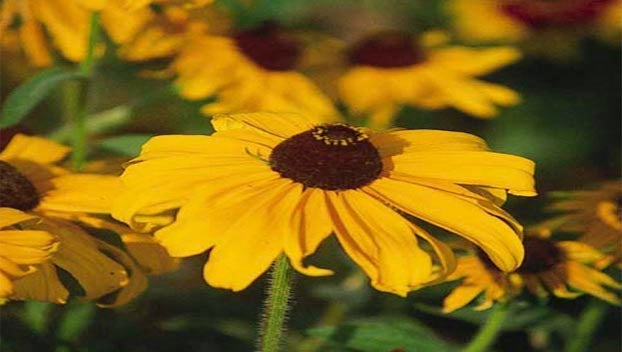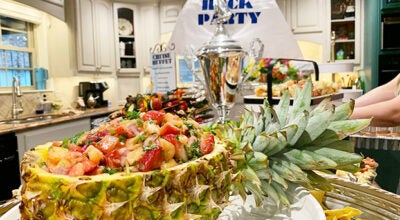Native plants and Texas Superstar: Make gardening EASY
Published 12:20 am Thursday, May 12, 2022

- Texas Superstar® Turks Cap with a profusion of red blooms (Image courtesy Texas A & M AgriLife Extension)
|
Getting your Trinity Audio player ready...
|
Technically, we are in the middle of spring, but it seems as though summer has arrived as our daytime temperature is above 90℉ many days, yet according to the Farmer’s almanac, we have roughly six weeks of spring remaining before summer begins on June 21.
This might be indicative of things to come or become much more problematic for us all once spring evolves into a hot, prolonged Texas summer.
Now is a good time for all of us to focus on water conservation, before we are deeply embedded in another drought, as are numerous areas of Texas as well as parts of the United States.
The availability of fresh water is limited, and it is Texas most precious natural resource, we must each do our part to conserve water where we can.
Water conservation doesn’t mean as gardeners we must give up gardening or scaling-back our gardens. We can most certainly can enjoy having a beautiful home garden, which expresses seasonal interest while also conserving water through our plant selections.
Making smart plant selections, utilizing native plants, and Texas Superstar plants will require minimal effort to maintain plants, as there is little after care needed, once plants are established. This means little or no watering and fertilization are needed, other than what is provided by nature.
I tend to group Texas Superstar® and native plants together into one large category. Texas Superstar® plants are plants which have been rigorously tested by Texas A&M AgriLife and many plant experts, to determine if they qualify to be called Texas Superstar®.
These plants are observed by experts for several years at numerous locations throughout the State of Texas, watching their performance in specific landscapes. If the plant does well in all areas of the state, it might then be added to the Texas Superstar® list.
This list of plants includes annuals, perennials, trees, shrubs, and specialty plants (including vegetables). Some of you might be familiar with some of the Texas Superstar® plants, such as the Texas Bluebonnet, Plumbago, Laura Bush Petunia, Mexican Bush Sage, Belinda’s Dream Rose, and Deciduous Holly.
If you would like a complete list of the Texas Superstar® plants, visit the Texas Superstar® website: http://texasSuperstar.com/plants/index.html.
Natives are exactly what the name implies, plants which are indigenous or native to Texas. Some examples of native plants: Cardinal Flower, Indian Pink, Southern Wood Fern, Black-eyed Susan, Milkweed, and Texas Mountain Laurel to name just a few. Native plants return year after year, as do perennials. For more information on native Texas plants visit the Native Plant Society of Texas website: https://npsot.org/wp/.
Most Texas Superstar® and native plants are sun-loving, so care must be taken when choosing a planting location. All are drought tolerant but will need to be watered until well-established or when rain is scarce.
The location you choose will be their home for many years. Note there are plants in both groups, native and Texas Superstar®, which can provide visual interest, structure, and blooms for each season, allowing you the freedom to create your own personal, dramatic landscape for year-round visual appeal. As a bonus, many of these plants are pollinator magnets great for bees, butterflies, and hummingbirds. Remember, an organic garden allows all wildlife to enjoy and benefit from the show!
Written by John Green, a Texas certified master gardener in the Orange County Master Gardeners. If you have specific gardening questions or need more information, contact the Orange County Master Gardeners Helpline at 409-882-7010 or visit txmg.org/orange or Facebook: Orange County Texas Master Gardeners Association. Email extension@co.orange.tx.us.







